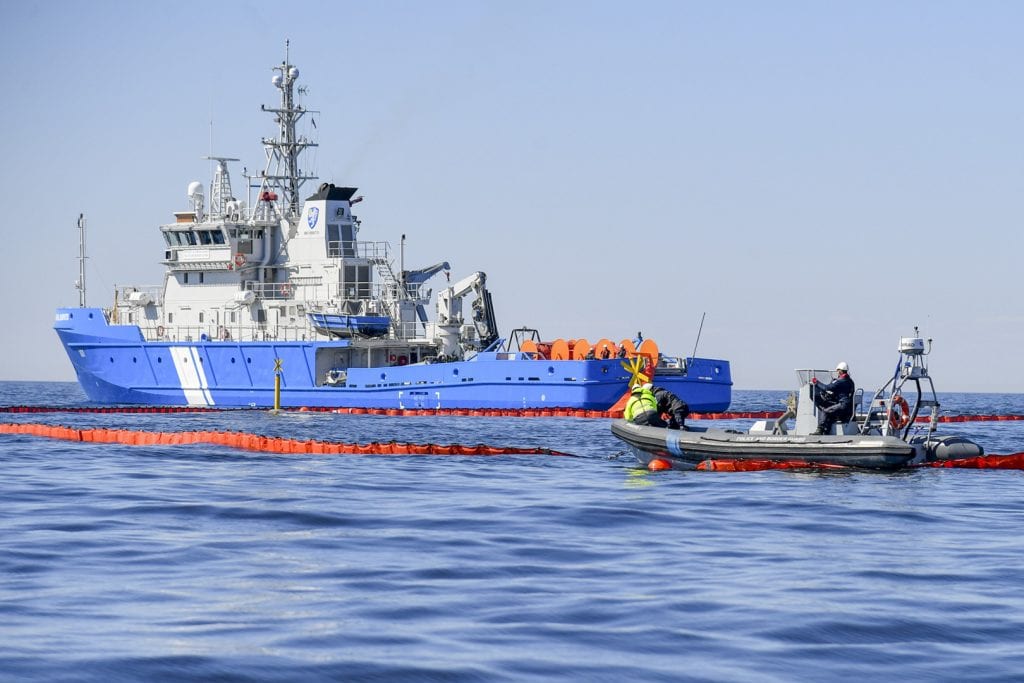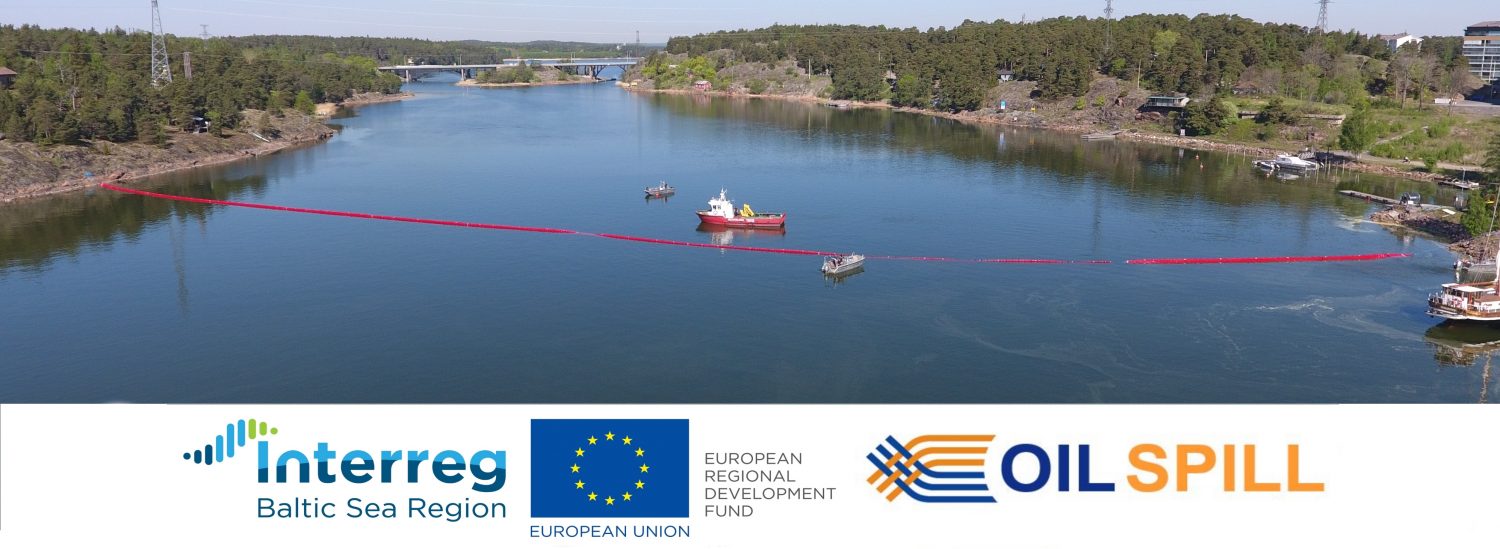Sunken Wrecks – the Underwater Sources of Oil Pollution
Written by Ivar Treffner & Kadi Kasepõld, TalTech Estonian Maritime Academy

When thinking about marine oil spillages, some recent accident is likely to come to mind. The statistics concerning shipping show that more than half of the oil spills are caused by collisions and groundings, followed by hull or equipment failures and fires-explosions. In recent decades, also awareness about oil pollution from sunken wrecks has increased.
Historical wrecks are a global problem, and oil pollution from sunken ships is considered a worldwide issue. It is known that there are more than 1000 wrecks that contain oil, either cargo or own fuel oil, in the Baltic Sea area − and hundreds are in the risk of oil spillage. With the Baltic Sea being a particularly sensitive sea area, these wrecks potentially impose significant risks to our marine environment.
Earlier this year, in April 2020, Estonian Police and Border Guard Board detected an oil spill in the vicinity of Toila, in Narva Bay. However, the source of the spill was not clear since there appeared to be no recent vessel traffic in the area. One of the OIL SPILL team members, Ivar Treffner, the oil spill response expert from TalTech Estonian Maritime Academy, was asked to give an expert evaluation of the situation.
It became evident that what was feared for a long time had become a reality – one of the hundreds of wrecks in Estonian waters had started to leak. The mysterious spill was detected right on the coordinates of the sunken 102-meter German torpedo boat T-30 that had hit her own mine in 1944, the night between 17th and 18th August. It was estimated that the wreck has up to 370 tons of petroleum products in its tanks. Two sister ships – T-22 (sunk about 0,5Nm from T-30) and T-32 (location currently unknown, probably in Russian waters) – have run into mines as well.
“We participated in the initial survey of the T-30 wreck, providing underwater video of the aft part – the boat has broken in two – which was leaking,” Ivar explains. After the survey, it was decided to remove the oil from the aft part. The operation was carried out by a commercial diving company Tuukritööd OÜ. The procurement for removing oil from the bow part is now completed, and if the weather permits, the procedure will be conducted before December this year by the same company.

The sunken wreck and the discovered spill were on the open sea about 6 Nm from the coast, and no immediate threat to coastal areas was considered. The clean-up and further activities need close collaboration between experts from academia and industry. The OIL SPILL project focuses on fostering the cooperation of the various parties related to oil spill response.
Read a news post about the operation, here.

Leave a Reply